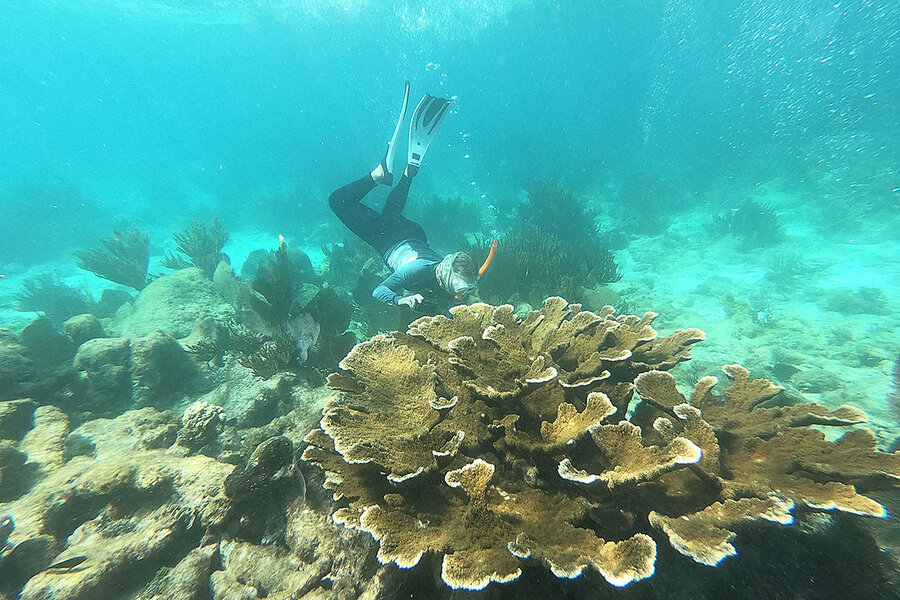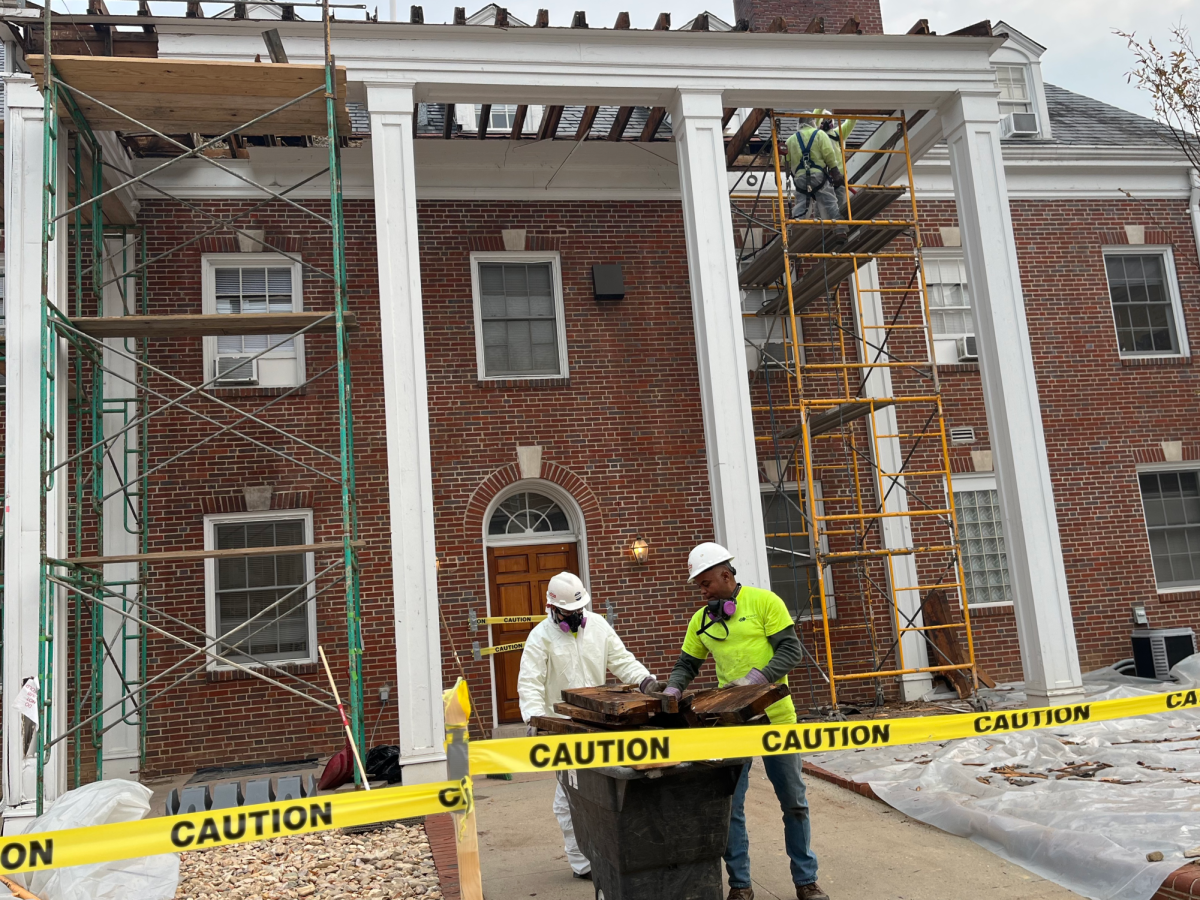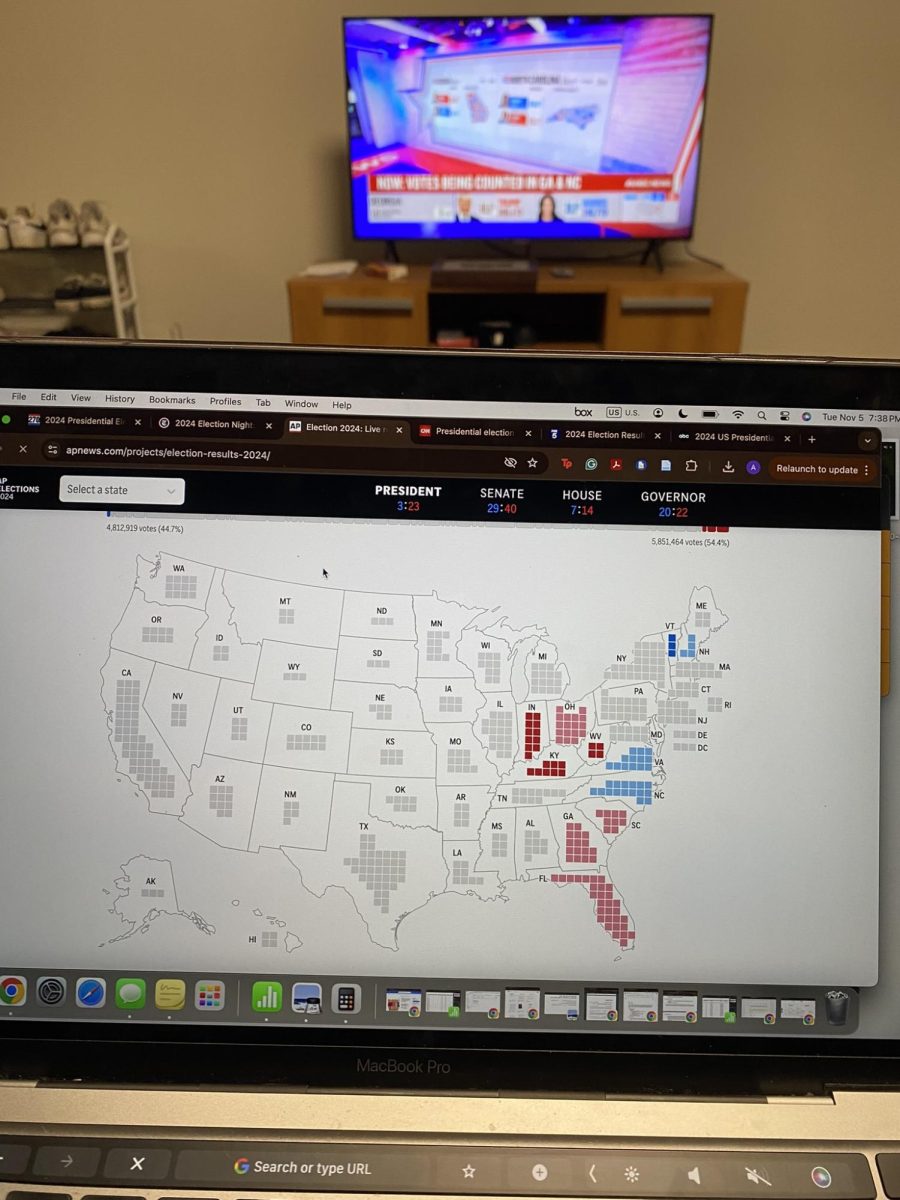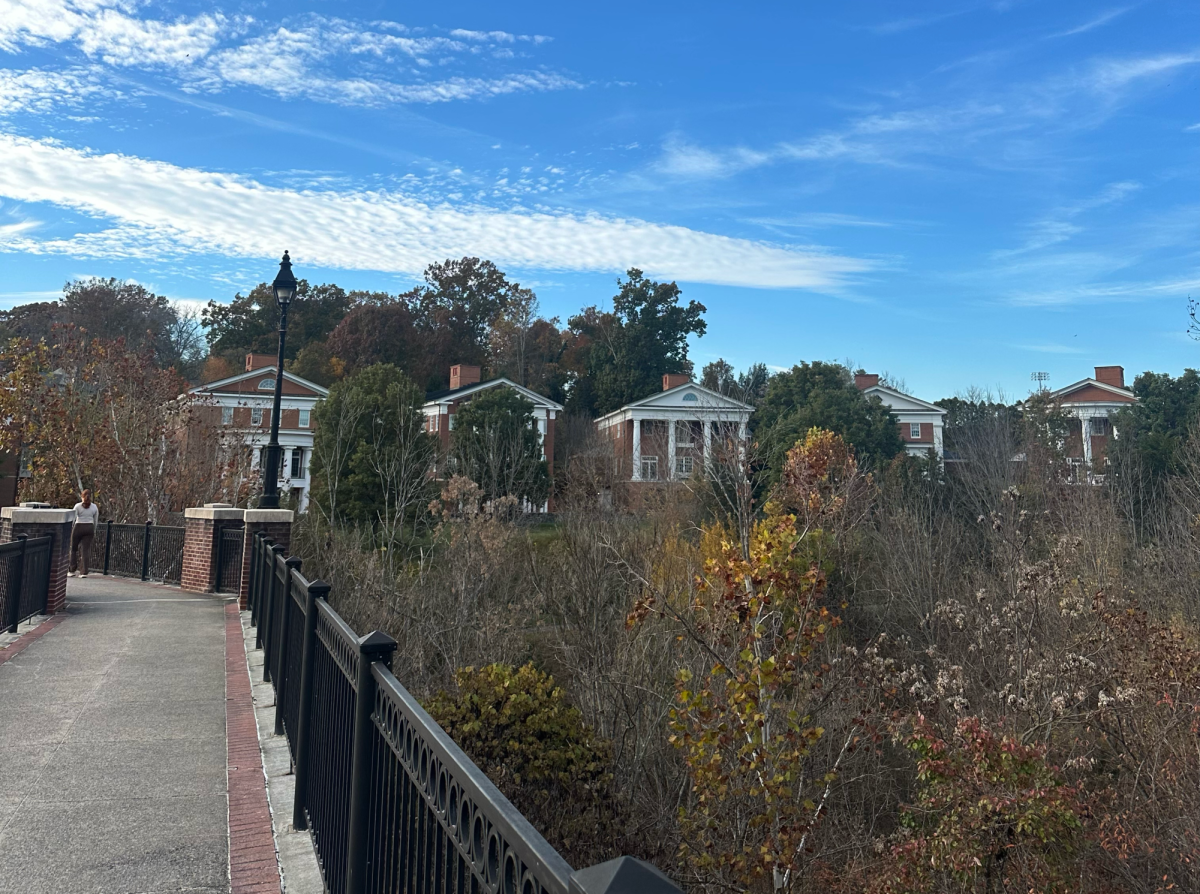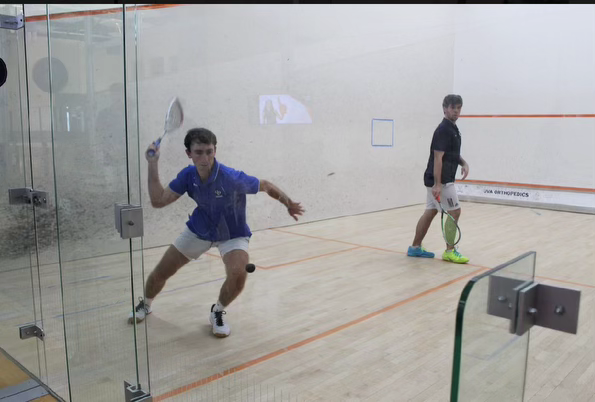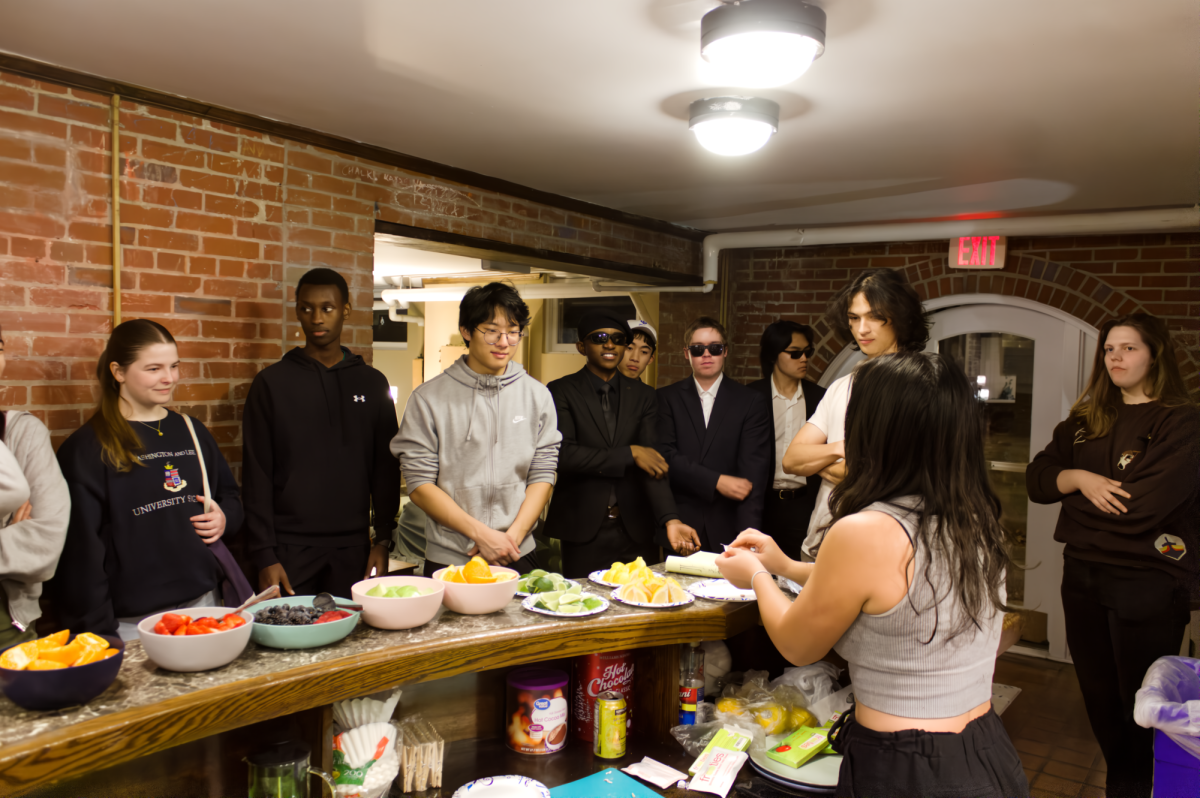Usually, when I discuss the topic of climate change, it seems like a distant, though steadily approaching, issue. I want to save the environment to allow future generations to see what I see and to allow my kids or grandkids to enjoy these beautiful places. It never occurred to me that this may be an issue that’s much closer than I initially thought.
This past summer I had the incredible opportunity to travel to Belize for research with Dr. Lisa Greer. She focuses on the monitoring of the Coral Gardens in San Pedro, Belize, which is a refugium for an endangered Staghorn coral species, Acropora cervicornis. I got SCUBA-certified for this research which allowed me to see the ocean from a whole new perspective.
The realization of the vast variety of life in our oceans didn’t hit me until I got to inspect the sand and rocks. The longer you look at the same area of sand, you’ll see more creatures, organisms and other details like shells. My favorite fish I learned about was the miniature fish that inhabit abandoned worm holes named blenniiformes, or more affectionately blennies. To find one, carefully look at rocks to spot the wormholes and then, an expert blenny finder will use a zip tie to wiggle in the opening, faking the blenny into thinking there’s food nearby. The little fish will peek out, its funky eyes looking around.
Dr. Greer emailed me about meeting to discuss her annual December trip to Belize, which didn’t go as I had expected. I knew the sea surface temperatures were increasing two months before the usual time they began to warm, telling us there was going to be extensive bleaching damage.
What I found out during that meeting was much more than bleaching damage. Dr. Greer calmly told me that there was no live coral cover left at Coral Gardens, which left me stunned.
A marine heatwave, connected to the shift into an El Niño season, along with an influx of algae resulted in all seven transects we were studying at Coral Gardens containing almost no live coral. A singular fragment was found to be living yet was covered in red, seemingly fuzzy algae. This is what’s going to be the focus of our studies next summer, exploring this increase along with some temperature data analysis to help understand what occurred this past summer.
It was hard to take in the feelings that come along with recognizing that I am one of the last people to ever see the beauty of Coral Gardens. I thoroughly enjoyed spotting the many fish that swam amongst the stable reef there, yet there’s no more reef for those fish anymore. I had spent hours tracing the coral to determine the live coral cover for the majority of my research, but now there’s no more coral to trace.
Finding the motivation to mentor others in the new stage of Dr. Greer’s research has been difficult since this was such a disheartening event. Though this refugium was lost, not all was damaged in the reefs in southern Belize, giving us hope for this Staghorn species.
The time I spent at Coral Gardens was a beautiful experience where I had the privilege of getting to study and begin to work towards a new sector of coral science. Since researching corals is a newer subject, there’s an imbalance between work looking into the restoration of coral versus the more popular work on diagnosing harm to coral. While my original work on this project was stunted, I am prepared for the next steps in Dr. Greer’s research and I’m hopeful for this upcoming summer.



